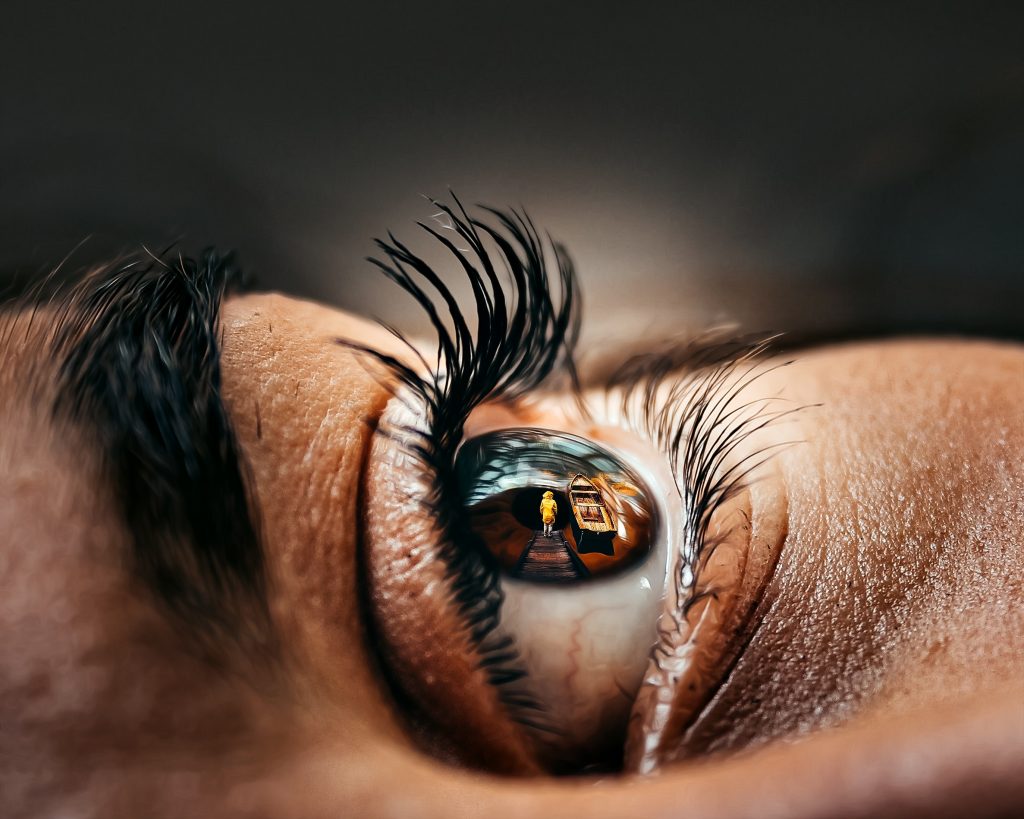
Eye drops contain saline and administered via the ocular route. These eye drops may contain steroids, sympathomimetics, parasympathomimetics, prostaglandins, antibiotics, topical, antihistamines, beta receptor blockers, parasympatholytics, nonsteroidal anti-inflammatory drugs, or antifungal substances, depending on the symptoms or condition of the eyes.
Some types of eye drops do not contain medication; these types function as tear-replacing and lubricating solutions. Eye drops only have minor side effects or risks compared to oral medications. However, if significant side effects are present, applying mild pressure on the inner corner of the eyes will help minimize these effects. You can also use eye drops for redness and itchiness.
Types and uses of eye drops
Eye drops are classified (depending on the active substances it contains) into different pharmacological classes and used by different patients with varying conditions. Some of the most common eye drops and their functions are listed below.
- Eye drops for dry eyes or artificial tears are used as tear-replacing and lubricating solutions. This type is widely available and can provide instant relief from dryness and irritation. Artificial tears can also minimize irritation, particularly in allergic conjunctivitis.
- Glaucoma eye drops are used for glaucoma management. It can drain eye fluid and decrease its production; it also lowers eye pressure. This type of eye drops is classified based on the active ingredients they contain. Examples of these active ingredients are carbonic anhydrase inhibitors, beta blockers, prostaglandin analogs, and alpha agonists. If you require multiple medications, you might want to consider drugs that work well in combination.
- Antibiotic and steroid eye drops are effective against eye infections. These have prophylactic properties and are commonly used after eye surgery. Pink eye antibiotic drops are prescribed if the patient has conjunctivitis due to bacteria. A doctor’s prescription must be followed accordingly without any interruption. Completing the prescribed course of antibiotics is essential. You may experience relapses if you discontinue the medication before the prescribed duration of treatment.
- Allergy eye drops contain nonsteroidal anti-inflammatory drugs or histamine antagonists that suppress the responses of the optical mast cell. Mast cells are critical players in allergic reactions. Allergens such as aerosolized dust particles can activate these mast cells which leads to allergic reaction symptoms, including red and watery eyes, as well as itchiness.
- Mydriatic eye drops help widen the pupils of the eyes (dilation of the pupils), thereby allowing the optometrist to have the best internal view of the eyes, most especially behind the iris. During sunny weather, mydriatic may cause photophobia.
Side effects
Prostaglandin analogs in eye drops can cause changes in the eyelid skin and iris color. Stinging, eye redness, blurred vision, burning, and itching may also develop as side effects. Beta-blockers can cause a reduction in pulse rate, decreased blood pressure, fatigue, depression, shortness of breath, and reduced libido. You must see a physician immediately if you experience side effects.
Eye drops come in various forms and can be used for different eye conditions. You must consult with your doctor before you start using any kind of eye drops.